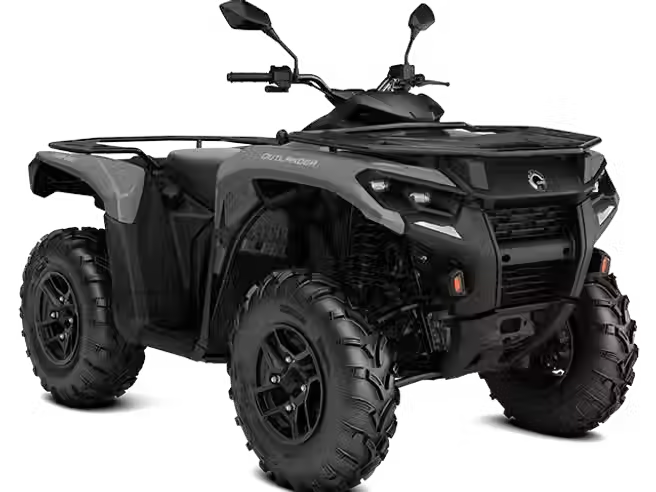TRACTOR Hedge CUTTER and method for using It
- Beckside Machinery

- Jul 31, 2010
- 3 min read

A hedgerow tractor hedge trimmer for trimming a hedgerow having a root mass, trunks, branches and foliage, into smaller hedgerow sections is formed of a frame, having a vertically oriented centerline, modified for compact tractor attachments to a powered compact tractor, such as Branson Tractors, or a Kioti Tractor sized and configured to progress alongside, and lateral to a hedgerow, a root cutting spade device sized to be driven down and through the root portion of the hedgerow to cut and thereby isolate a segment of the hedgerow root volume from the hedgerow and to an elongated tractor hedge cutter machine, for cutting through the hedgerow stems, branches and foliage, said hedge cutter equipment attached to the upper portion of the spade equipment and oriented to extend ordinarily upwardly and means for increasing the root cutting spade assembly superficially and downwardly away from the centerline and into the hedgerow root section to separate the root mass of the hedgerow segment from the hedgerow and increasing the hedge cutter assembly into the stems, branches and foliage of the hedgerow to divide the hedgerow segment from the hedgerow.
This tractor hedge trimmer commonly relates to the separation of pre-grown hedges into transportable sections and more especially to a hydraulic hedge separator which can be used to concurrently separate the foliage and the root ball of a preselected range of hedge from a more massive row of a hedge.
There is continuous growth in the landscaping industry at large. The application of pre-grown sod as a substitute of seed planting for lawn grasses has grown far more common and widely received. The same can be said for nursery grown trees, bushes, flowering shrubs and the same. It is not uncommon for a newly built home or other building to then be landscaped to the extent which it seems as if the landscaping is matured at the point it is planted.
The same can be done for hedgerows. In a retail nursery environment the process began with rooted cuttings, or seed germination with the seeds started in individual seed cups or trays and kept in a warm climate, with access to direct sunlight, proper for seed germination, often in a green house. The seedlings, or rooted cuttings, as they develop, are then repotted into larger pots and permitted to grow to suitable size. When the still immature plants are of reasonable size and hardiness, they are then set in rows in the ground where they can be adequately developed and watered so that they can grow into a hedgerow fitting for transplantation to a final landscaping place.
However, the former art for replanting a hedgerow has traditionally been performed by hand. A small piece of a hedgerow, pre-grown at a nursery, will be cut utilising a hand shovel into smaller pieces of one or two plants and the root balls for the short sections are dug up using a shovel and separately wrapped in a ball using a loosely weaved cloth to maintain the soil to the roots to stop the roots from drying out. These many balls can then be transported to landscaping places where all are replanted one at a time back in a row to make the hedge. It isn't easy to handle by hand larger pieces of the hedge and their attendant root balls and up till now, nothing has been done to automate this method. Furthermore, if the hedges were located next to each other in the nursery, during replanting at the ultimate landscaping site, it is difficult to place them together again. When individually collected and replanted, the portions which grew together are challenging, if not impossible to mate up in the identical way they were established in the nursery setting.
This, of course, is time draining and expensive way to transplant hedges. If the property owner desires to include a hedge as a landscaping feature, it is typically set by hand with relatively small plants which are separated apart and with the beliefs that they will eventually grow collectively to form a fully formed hedgerow. Hedgerows can be composed of a variety of different plants including shrubs, trees, and perennial bunch grasses which have upright stems attaining average heights of at smallest a couple of feet and endure well over the winter. Some of the trees incorporate Arborvitae, Maple, Yew, White Spruce, Hawthorne, Hemlock; the plants include Coffeeberry, Buckwheat, Coyote Bush and Quail Bush.
It is the idea behind of the present tractor hedge trimmer to automate transplantation, foliage division, and root-pruning of a nursery developed hedgerow using equipment able of cutting and separating preselected lengths of a preexisting hedgerow, raised in a nursery, and depositing them into tray like receptacles, which preferably should be biodegradable, which can later be loaded onto a truck or trailer and moved to the landscaping job place where they are off-loaded and planted.



Comments